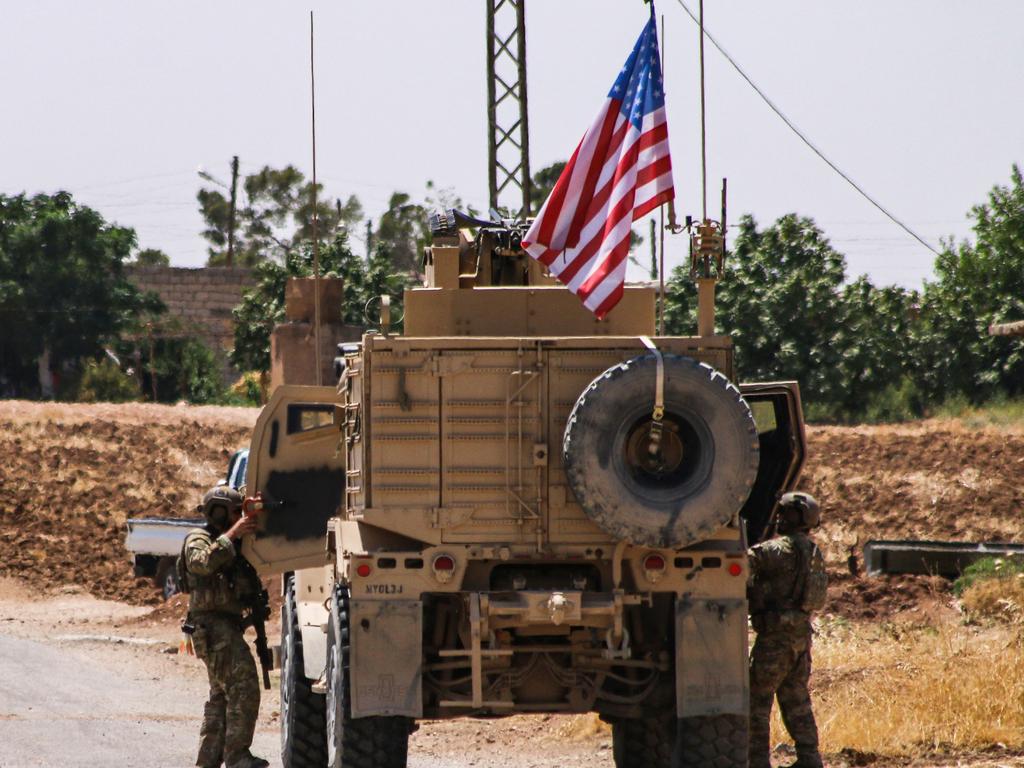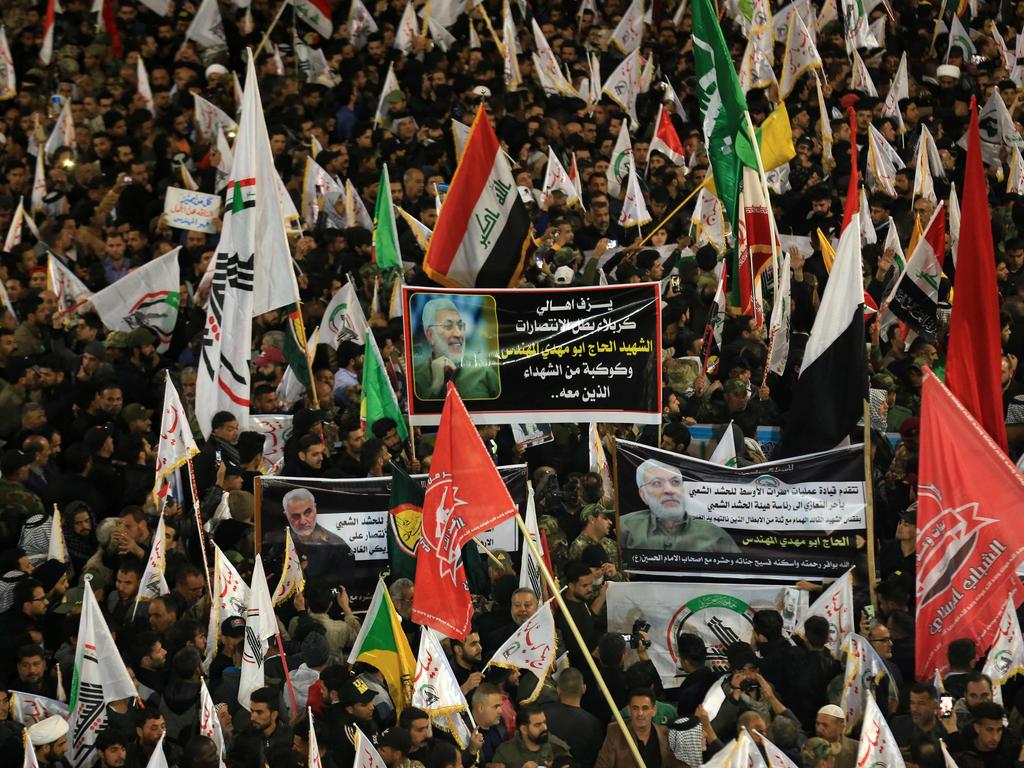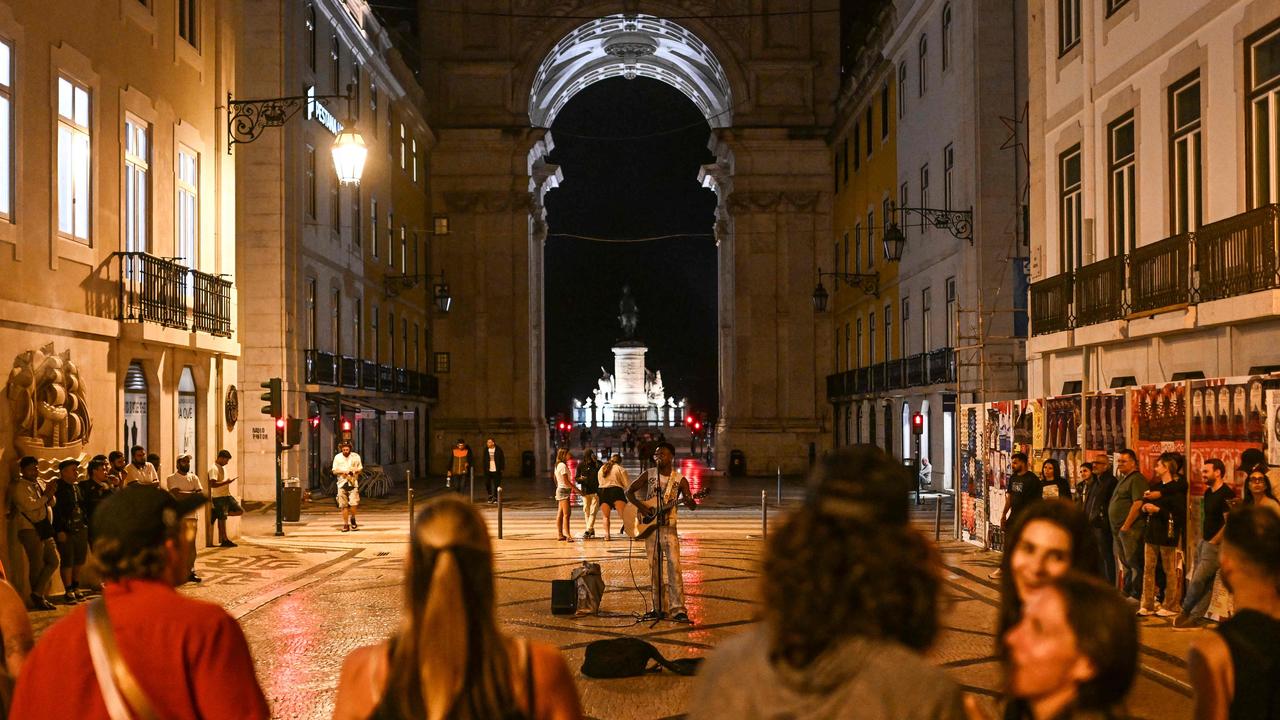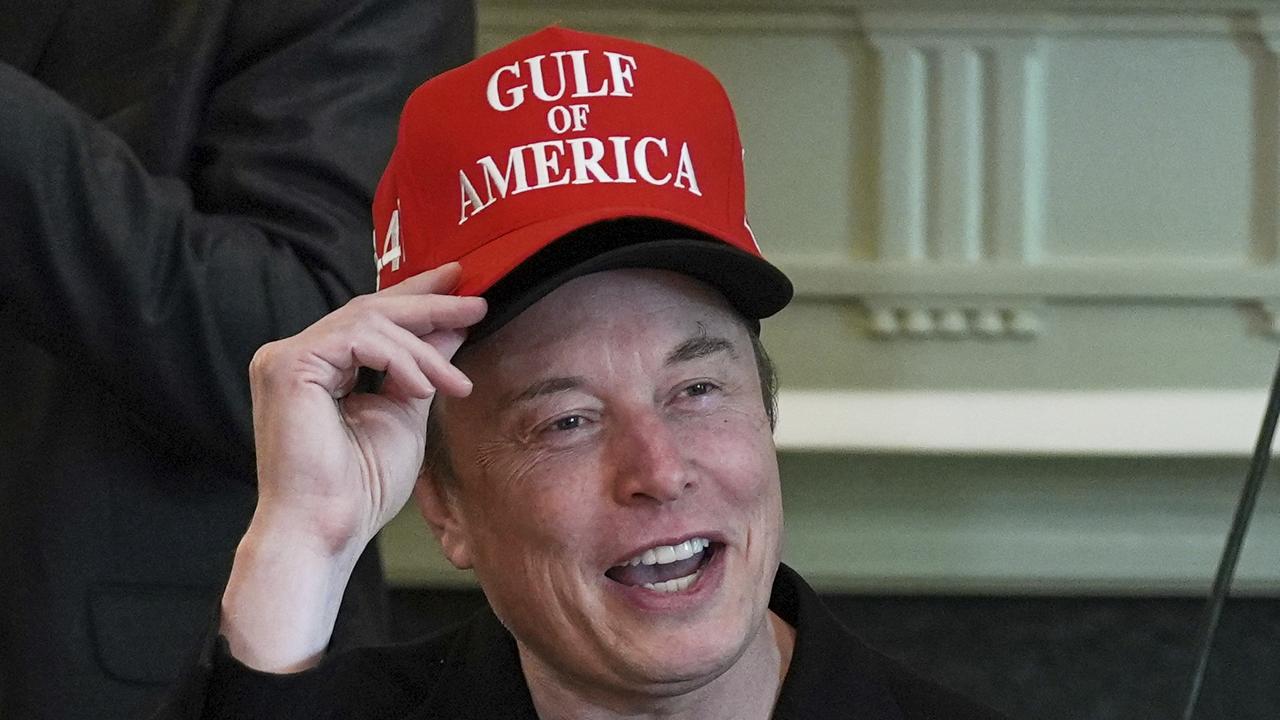‘You can’t do anything’: tweet that led to Iran general’s death
Donald Trump was tweeting his rage about events in Baghdad when Iran’s leader tweeted back and Trump snapped.
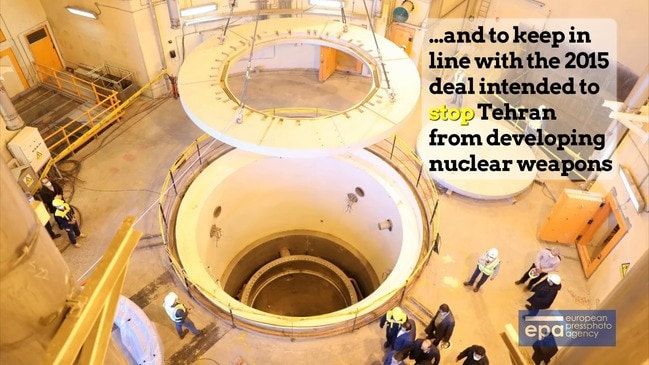
For years US presidents have pondered killing Qassem Soleimani, their most skilled adversary in the Middle East.
When the time came, the decision was made quickly, in the heat of the moment after television pictures of the US embassy in Baghdad on fire at new year.
President Donald Trump was first offered the option of a targeted strike on Soleimani on Saturday, December 28, The Times has been told.
The Pentagon, in line with convention, laid out for Mr Trump possible US responses to rocket attacks on bases in Iraq, culminating in one the previous night that had killed an American contractor, still unnamed, and injured US and Iraqi soldiers.
The other options ranged from air raids on militia positions, to doing nothing — deploying strategic patience, as it is sometimes called.
According to reports from Washington, the option to kill Soleimani was often proposed to make other options appear more moderate. Mr Trump, according to The New York Times, had followed that principle, as all previous presidents had done, deciding that to kill the general would be too provocative.
The following day US Defence Secretary Mark Esper and General Mark Milley, chairman of the joint chiefs of staff, visited Mr Trump at Mar-a-Lago in Florida, where was on holiday. He told them that he would approve the strikes on Kataeb Hezbollah, the militia the Pentagon blames for the rocket attacks on US forces, including the one on the previous Friday.
On Tuesday and Wednesday everything changed. Mr Trump was watching television and saw pro-Iranian militias lead crowds of supporters from the mass funeral of Kataeb Hezbollah fighters killed by that presidential order into the centre of Baghdad, storming unchallenged into the supposedly secure international green zone.
They broke into the US embassy, setting fire to the reception. For some TV commentators, and Mr Trump, this was all too reminiscent of the capture of the US embassy and its diplomats in Tehran in 1979 and the terrorist attack on the US consulate in Benghazi, Libya, in September 2012 when the US ambassador Christopher Stevens was killed.
Mr Trump and his Republican backers had repeatedly castigated then president Barack Obama over that. He could not allow himself to appear weak now. No matter that the “protesters” in Baghdad restrained themselves and withdrew: in the meantime, Ayatollah Ali Khamenei, the Iranian supreme leader, appeared to be goading him.
“Iran will be held fully responsible for lives lost, or damage incurred, at any of our facilities,” Mr Trump tweeted. The response on the ayatollah’s Twitter account read: “That guy has tweeted that we see Iran responsible for the events in Baghdad and we will respond to Iran … You can’t do anything.”
Mr Trump snapped, and, no doubt to the Pentagon’s surprise, reached for the option he had overlooked. The speed of the events that followed happened largely by chance.
Soleimani used to operate in the shadows but has made himself increasingly a public figure. During the battle against Islamic State in Iraq, he often appeared in photographs with leading Iraqi militia leaders. He was said to be confident enough to use scheduled flights on a Syrian airline, Cham Wings, to travel to Damascus. In what now seems an extraordinary lapse in personal security, he did the same again. On New Year’s Day, he was driven, apparently from Damascus, to Beirut for a meeting with Hassan Nasrallah, the head of Hezbollah. Nasrallah said he warned his friend that he could be assassinated. “He laughed and told me, I hope so, pray for me,” Nasrallah recounted in a speech on Sunday.
Later, he travelled back by road to Damascus, a two-hour trip, and then on Thursday evening caught the late-night Cham Wings flight that took off for Baghdad at 10.28pm local time.
All of this was being watched by the CIA and the National Security Agency, who realised the Pentagon had a golden opportunity but only if it acted fast, with little time for consultations.
It remains unclear whether the Pentagon realised that it would also be killing Abu Mahdi al-Mohandes, the Kataeb Hezbollah leader and deputy head of the Iraqi government body that oversees the militias; or whether it cared.
Two MQ-9 Reaper drones were launched from the US al-Udeid military base in Qatar for Baghdad 1100km away. When Soleimani landed at 12.34am local time, they were waiting.
The Times


